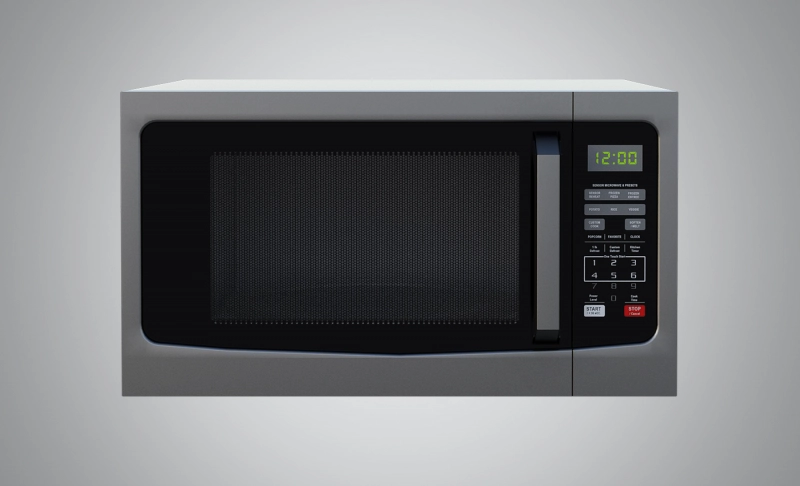January 21 2022
False: Microwave ovens harm people and decrease the nutritional value of food.

The Verdict False
Microwaves are not dangerous; they cannot cause cancer or damage your health. They also do not make food unhealthy by destroying nutrients.
Microwaves are not dangerous; they cannot cause cancer or damage your health. They also do not make food unhealthy by destroying nutrients. An Instagram post from the_conscious_awakening makes numerous false claims about microwave ovens, including the claim that microwave ovens can create dangerous radioactive compounds within food, cause cancer, and destroy the nutritional value of food. The accompanying video shows a man putting various objects into an old microwave, and then watching what happens to them. Microwaving food does not destroy nutrients or create dangerous radioactive compounds within the food. Using microwave ovens and microwaving food are perfectly safe. Microwave ovens work by emitting low-power electromagnetic radiation, which the water molecules in the food absorb. The energy that they absorb is converted into heat, effectively steaming the food from the inside. Microwaves are part of the spectrum of electromagnetic radiation. Visible light, radio waves, and x-rays are all kinds of radiation that are part of this spectrum. People are exposed to a large spectrum of electromagnetic radiation every day — from the sun, from heat, from lightbulbs, and from their appliances. While some kinds of electromagnetic radiation are harmful, such as x-rays and gamma rays, microwaves are not. The difference is the energy level. High energy radiation, called "ionizing radiation," has the power to break electrons away from atoms. Low energy radiation, called "non-ionizing radiation," cannot do this. While there are some health risks from non-ionizing radiation — such as sunburn, or melanoma from prolonged exposure to ultraviolet light — it is generally not dangerous. Ionizing radiation can cause DNA damage and radiation burns. Visible light has a higher energy level than microwaves. Molecules change form when exposed to heat. Cooking, whether on a stovetop, in a convection oven, or in a pot of boiling water, exposes food to electromagnetic radiation in the form of heat. For instance, the proteins in an egg denature or change shape, becoming opaque and solid after being cooked. Similarly, some nutrients will also break down after being exposed to heat. Because microwave cooking happens typically for a shorter amount of time and exposes less of the food to heat than dropping it in boiling water or putting it on a stovetop, microwave ovens often preserve nutrients better than other cooking methods.


